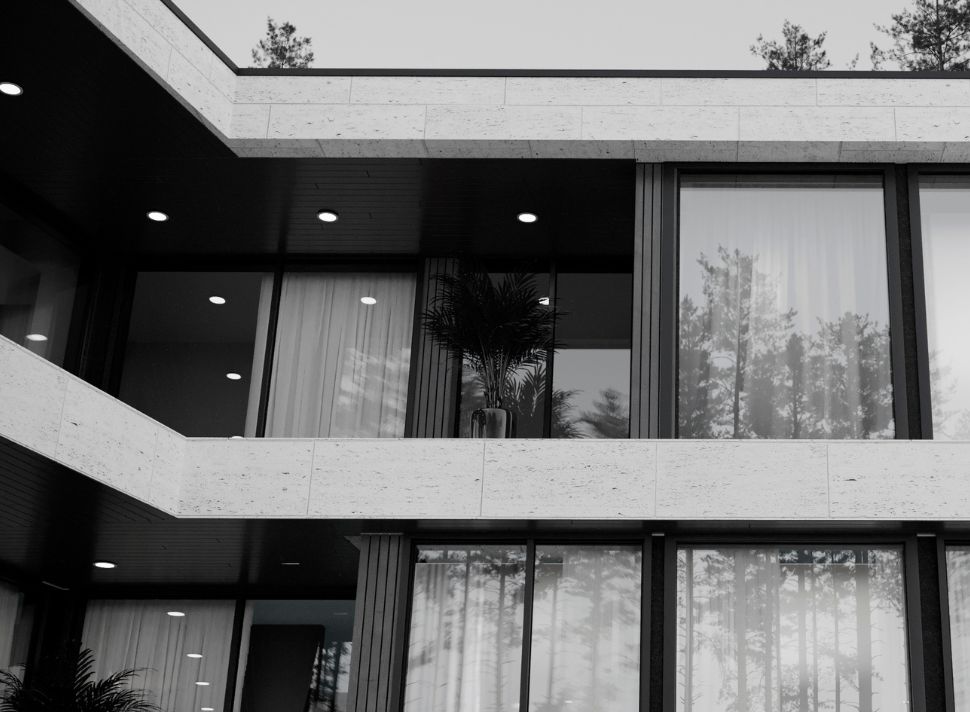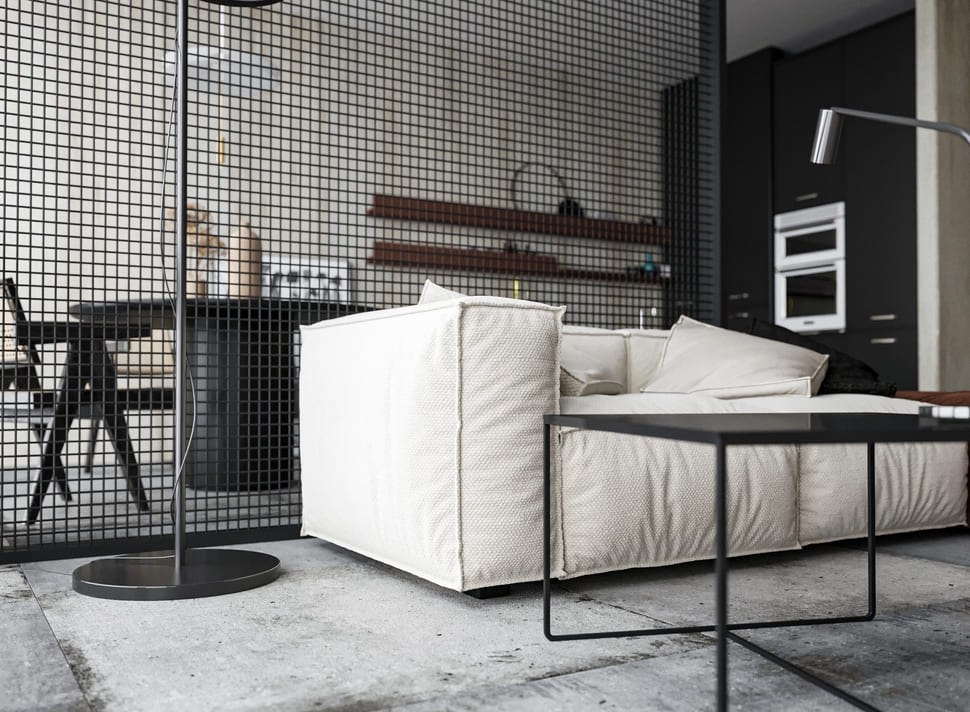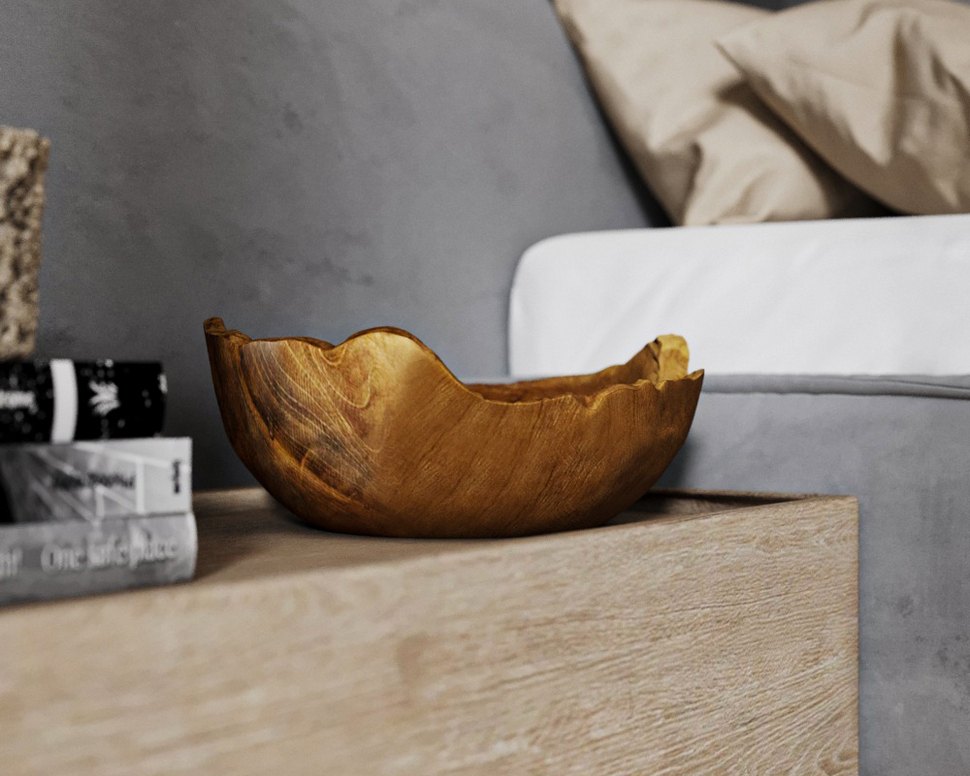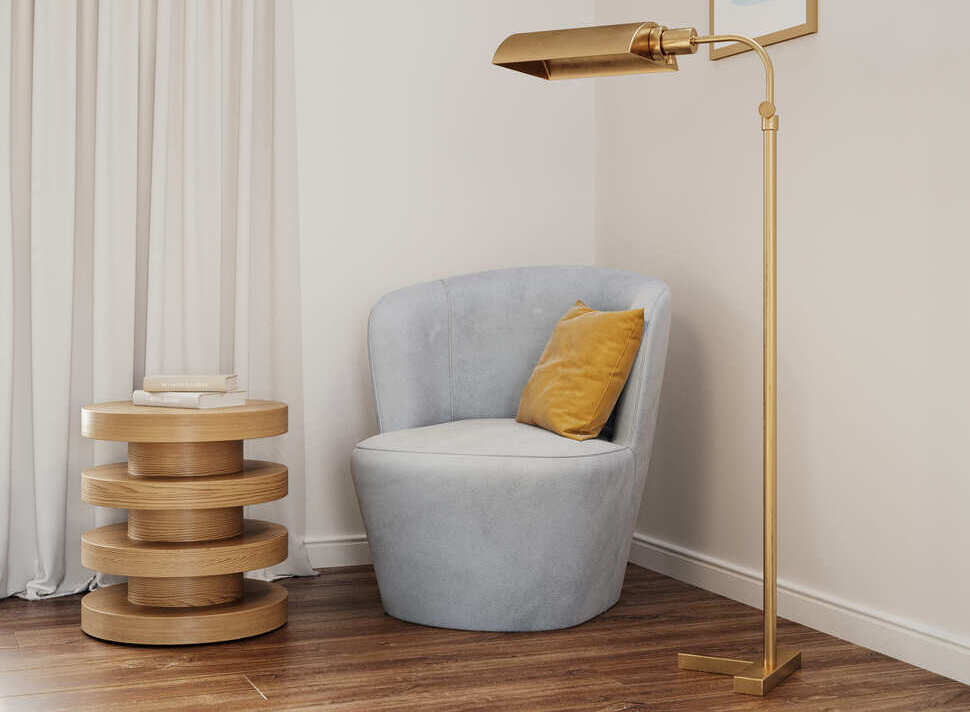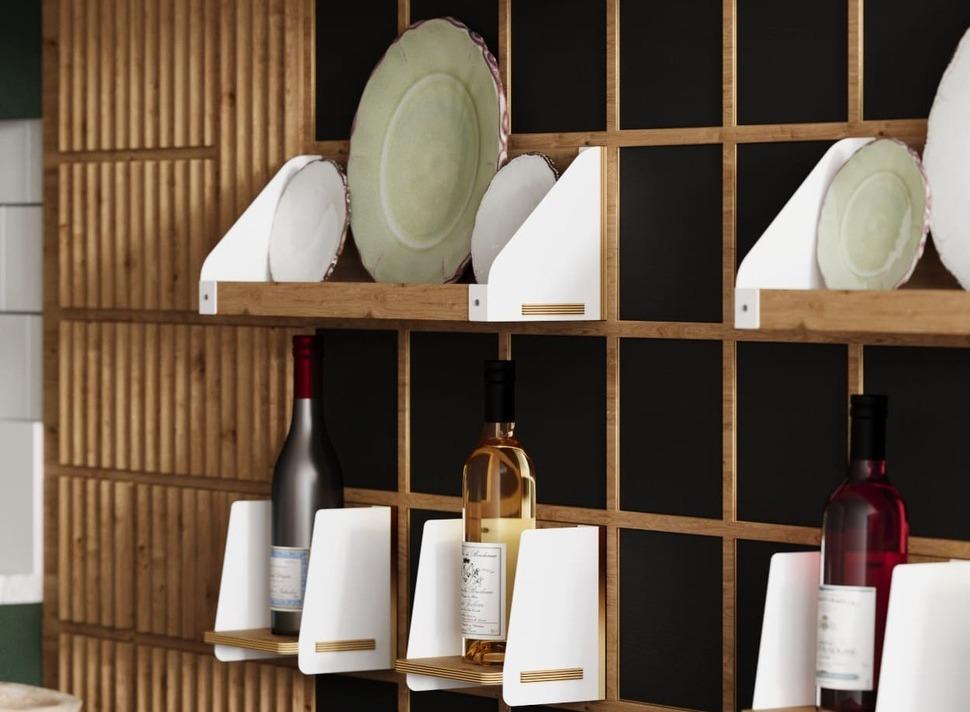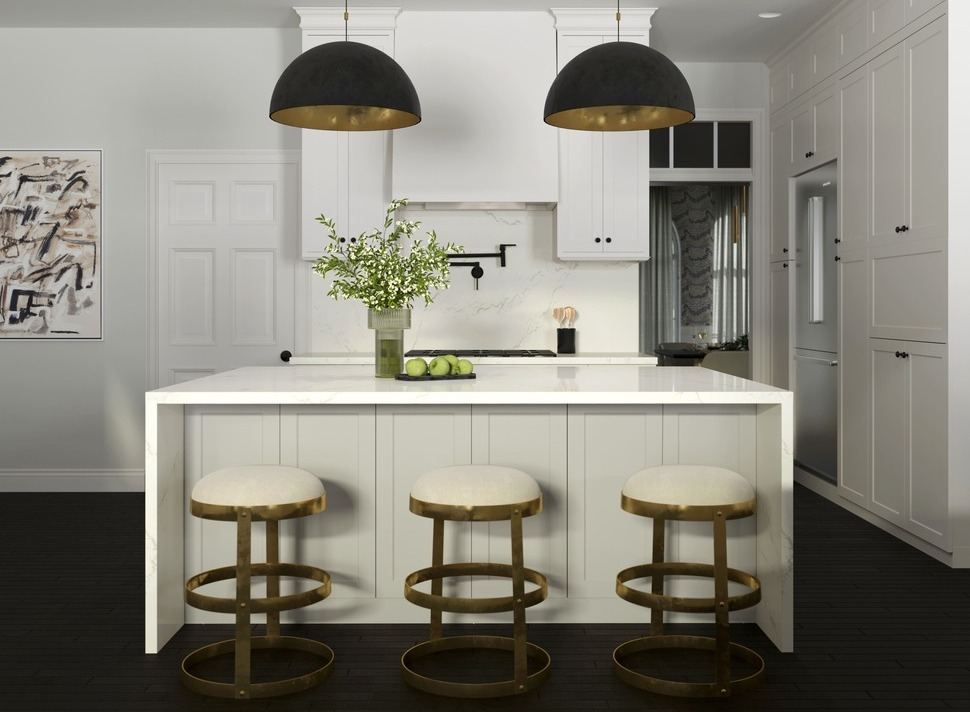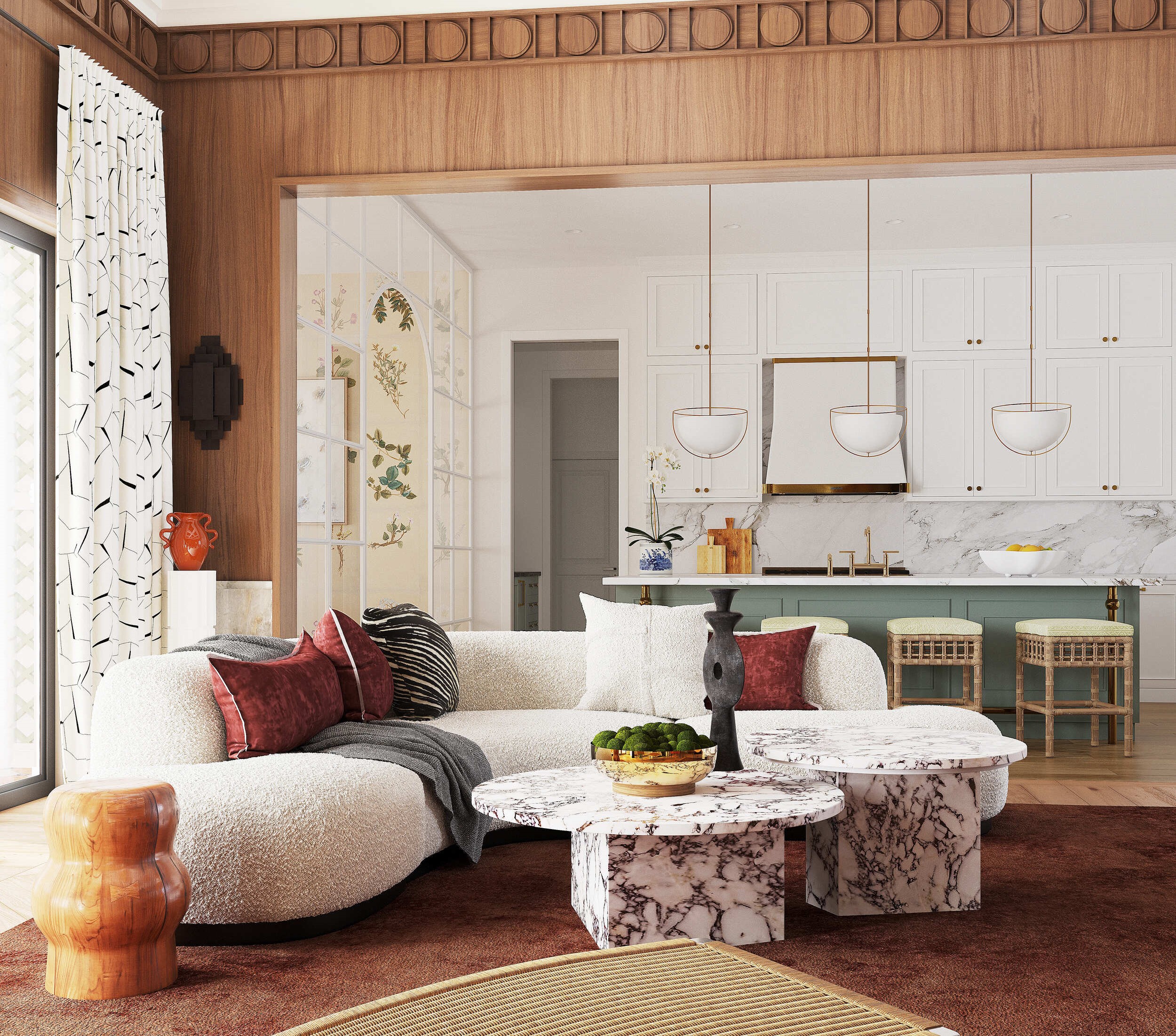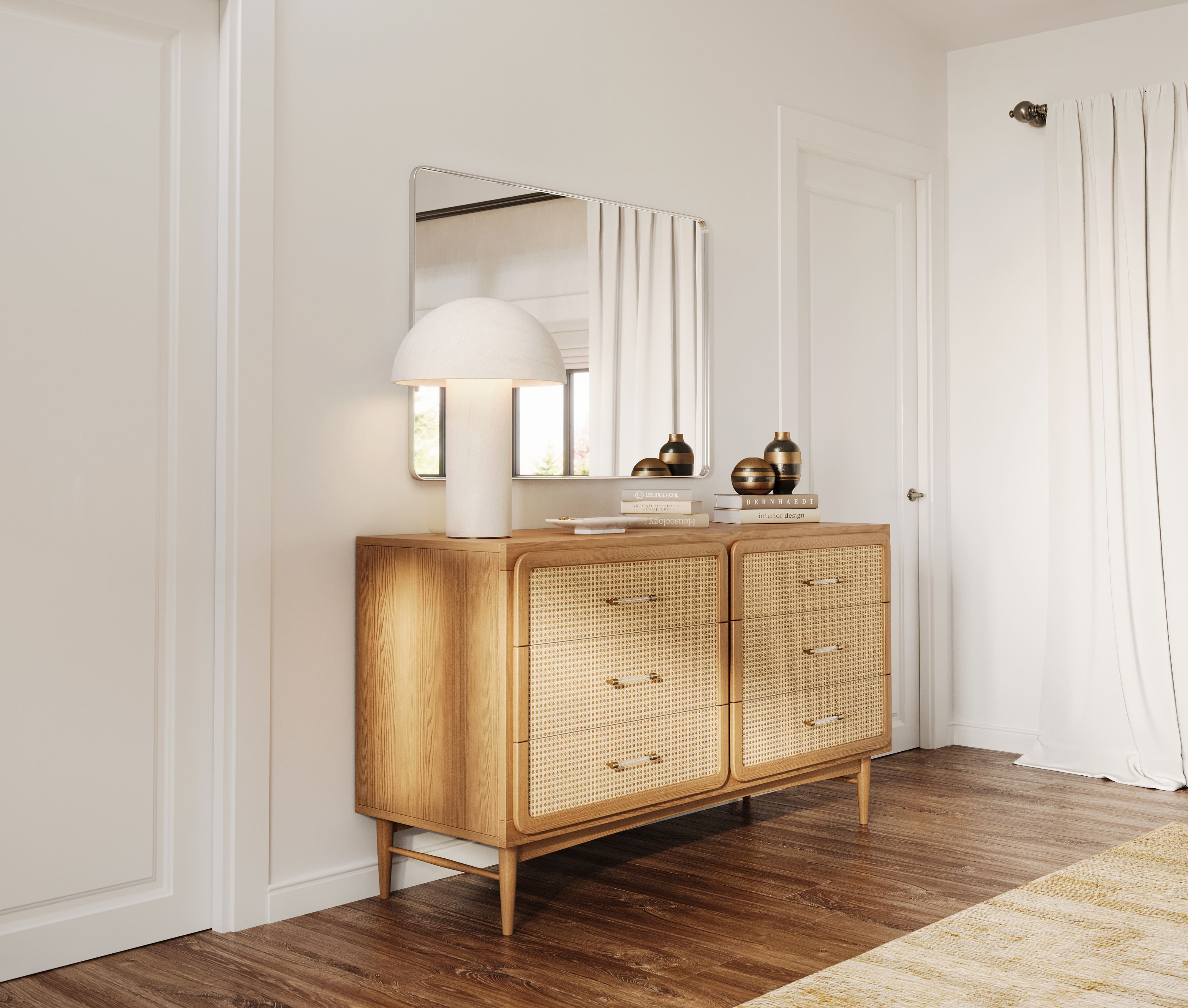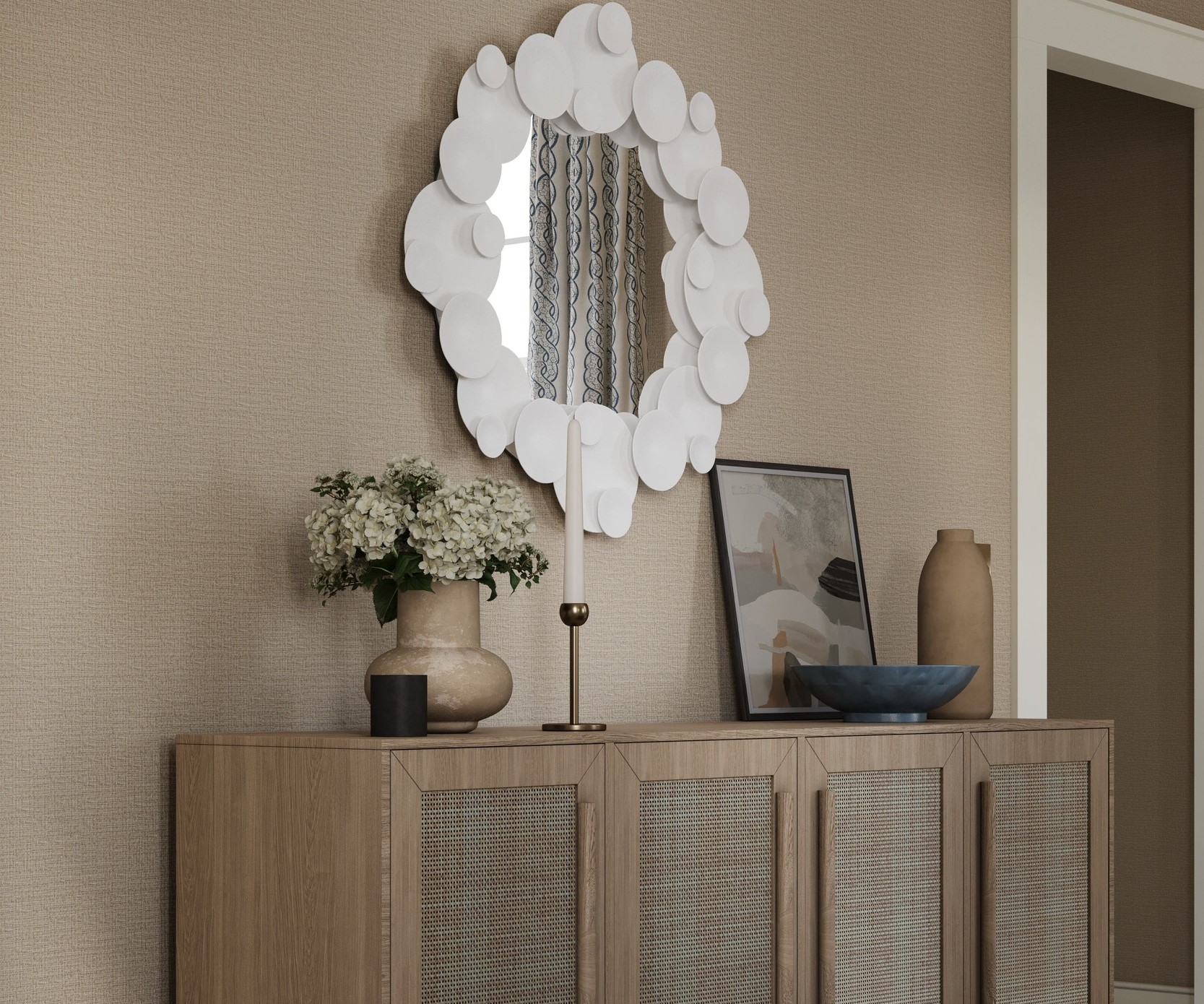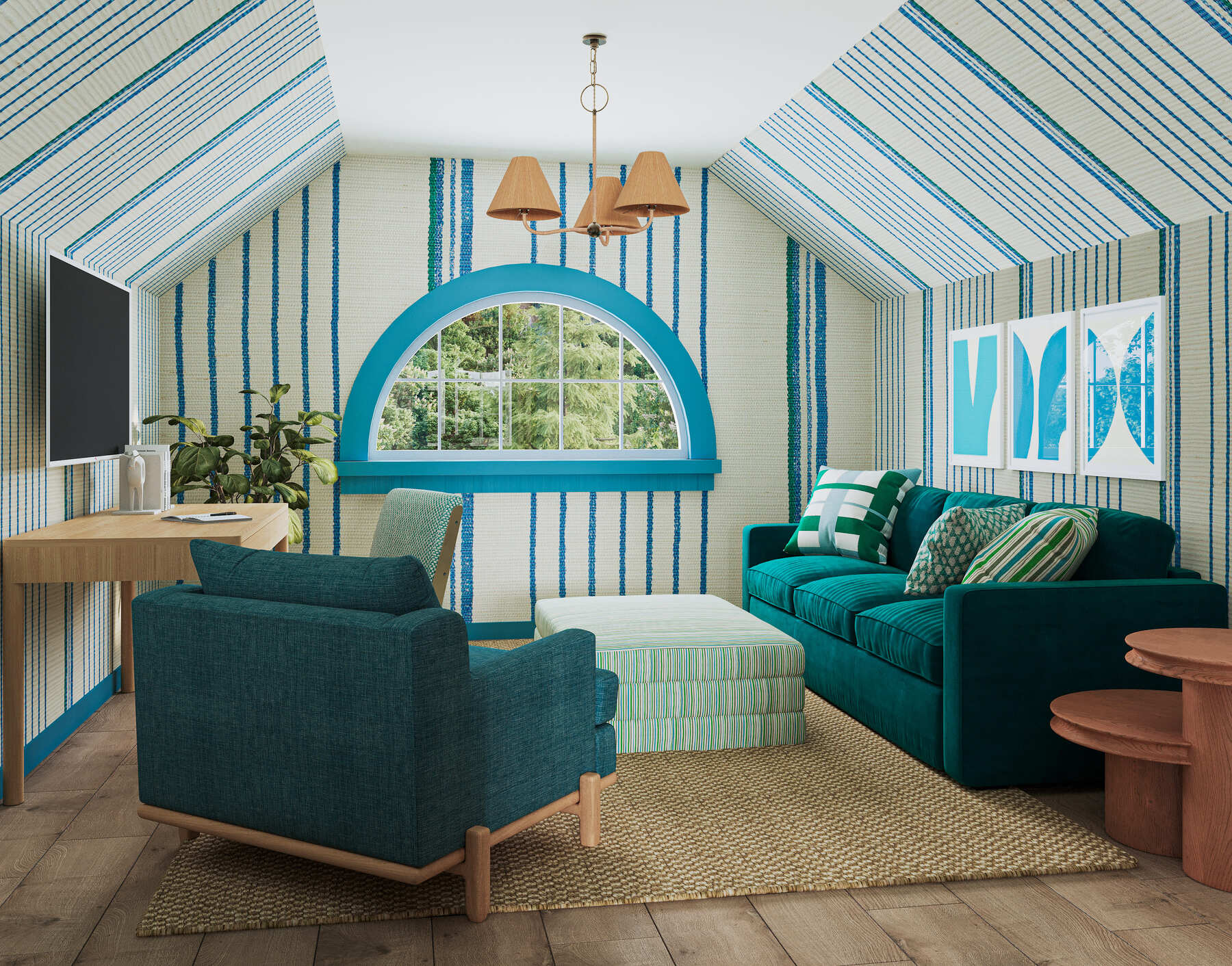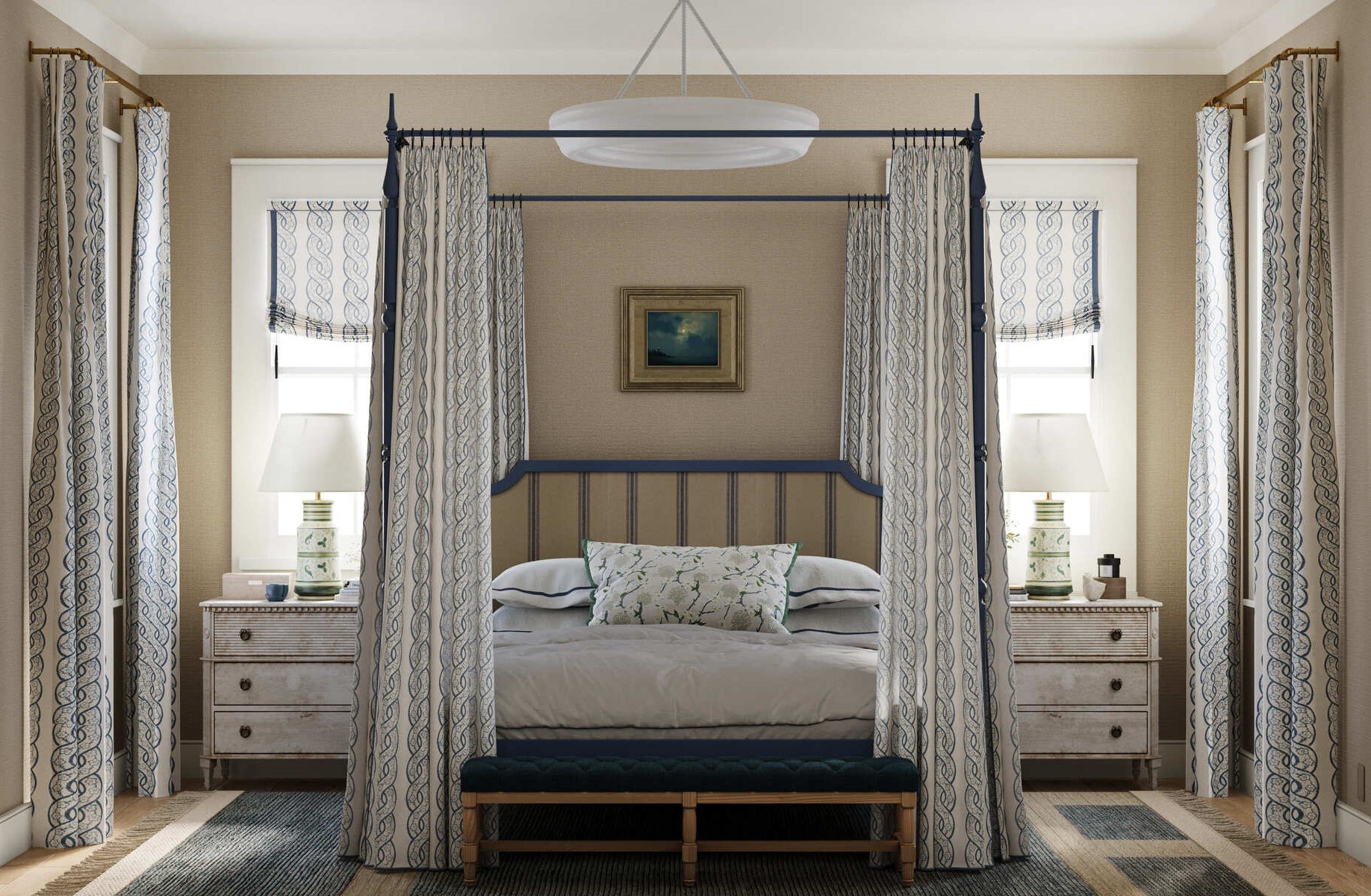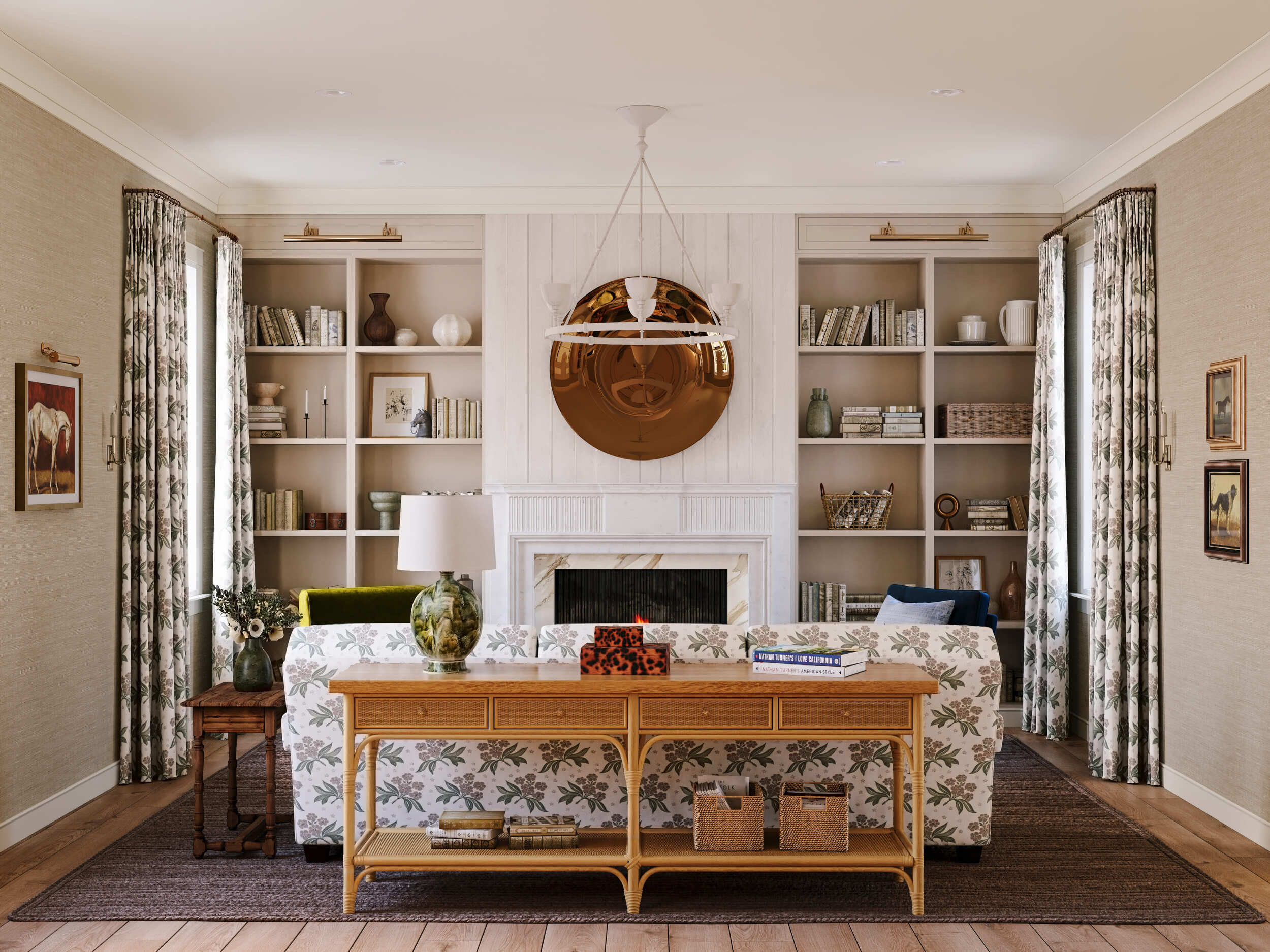Redefining Product Design: The Evolution of 3D Modeling in Retail
Introduction to 3D Modeling in Retail
The retail industry has witnessed a significant transformation with the advent of 3D product modeling services, marking a new era in product design and customer interaction. This innovative approach has revolutionized how products are visualized and developed and how they are presented to and experienced by consumers. At the heart of this transformation is the ability to create highly detailed, accurate, and lifelike digital representations of products, enabling retailers and manufacturers to refine designs with unprecedented precision and efficiency.
The integration of 3D modeling into retail extends beyond mere visualization; it encompasses the entire lifecycle of a product, from the initial concept to the final sale. This technology allows intricate designs to be tested and modified in a virtual environment, significantly reducing the time and cost associated with traditional prototyping methods. Moreover, 3D modeling services have empowered retailers to offer immersive shopping experiences where customers can interact with products virtually, enhancing engagement and satisfaction. This introductory overview sets the stage for a deeper dive into the specific impacts of 3D modeling on product visualization, customer experience, and the retail industry's design and production processes.
Impact on Product Visualization and Customer Experience
Enhancing Product Visualization
The capability to create detailed 3D models has dramatically enhanced how products are visualized in the retail sector. Unlike traditional photography or 2D drawings, 3D models provide a comprehensive product view, allowing customers to explore every high-resolution angle, texture, and feature. This level of detail is particularly beneficial for complex products or those where the feel and finish are crucial purchasing factors. For instance, furniture retailers like IKEA have utilized 3D modeling to allow customers to visualize how a piece would look in their homes, significantly influencing buying decisions.
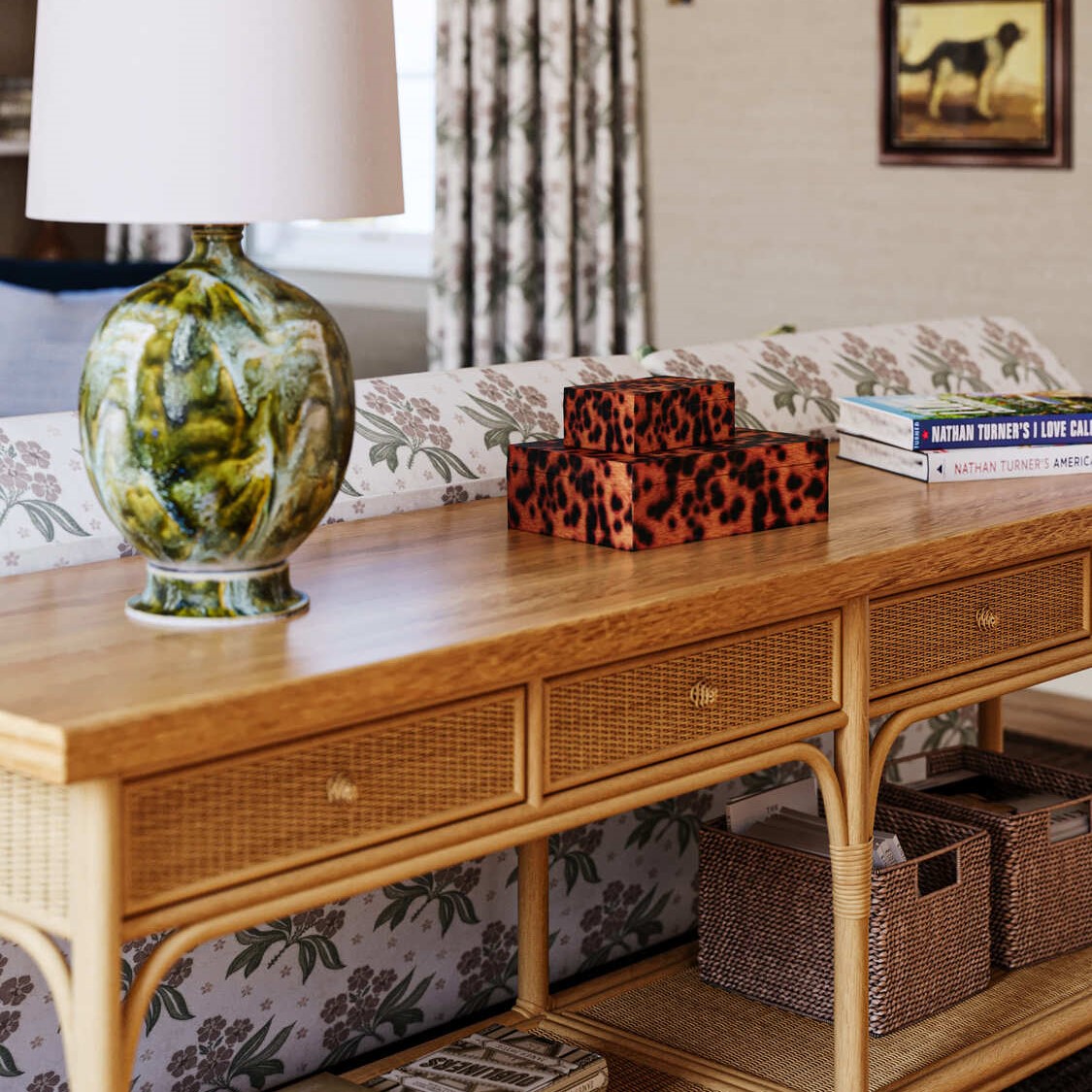 |
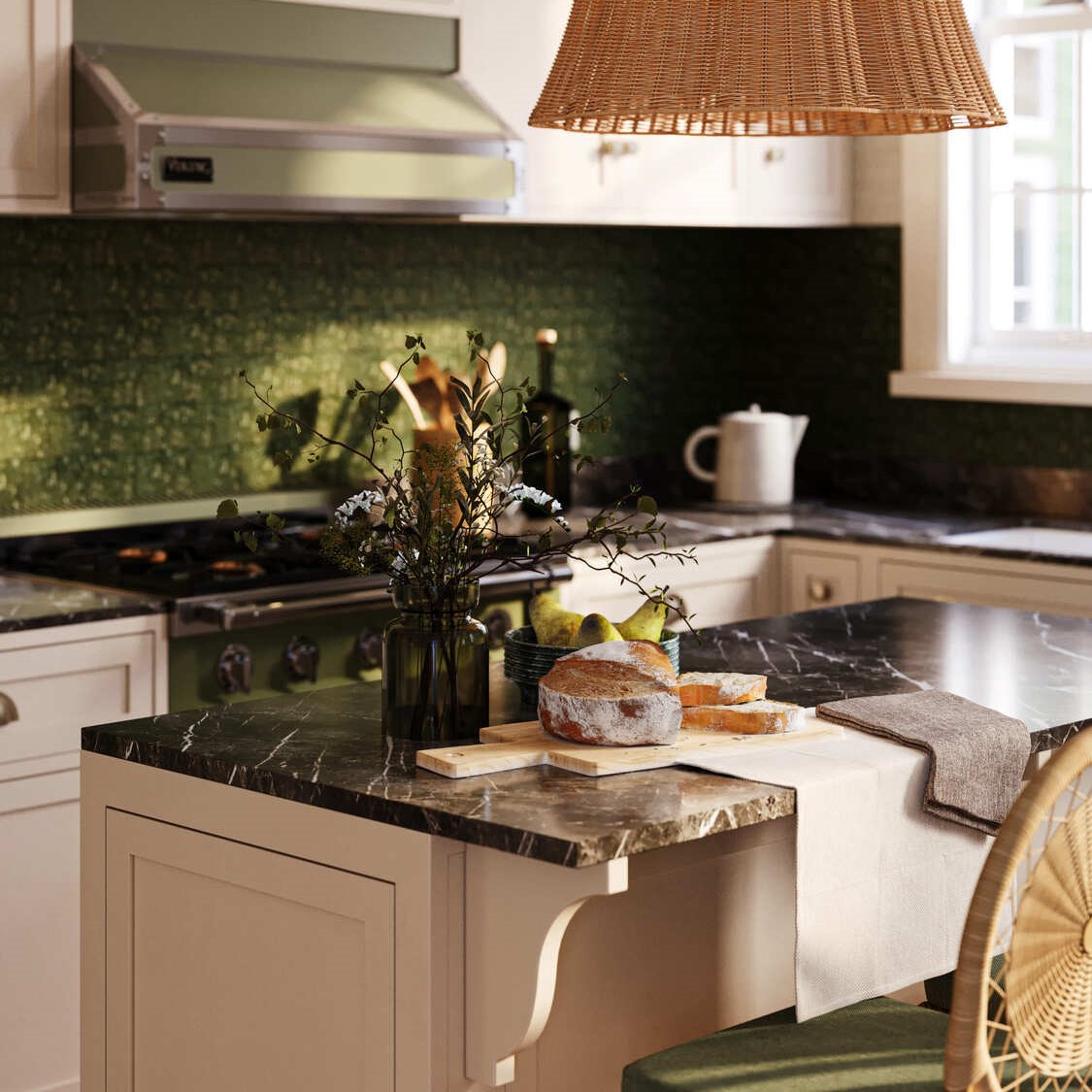 |
Image from Yousee Studio
Furthermore, advanced rendering techniques enable the creation of lifelike images and animations that can be used across various platforms, from online catalogs to interactive displays in physical stores. These visuals are not just static images but can be integrated into augmented reality (AR) applications, providing a highly immersive shopping experience. Customers can see how a product would fit into their living spaces, experiment with different colors or finishes, and make informed decisions without the physical product being present.
Transforming Customer Interaction
The impact of 3D modeling extends to transforming how customers interact with products. Through interactive 3D models, consumers can customize and personalize products to their preferences, a feature that has become increasingly popular in fashion, jewelry, and home decor. This level of interaction not only enhances the shopping experience but fosters a deeper connection between the consumer and the brand.
Moreover, using 3D models in virtual showrooms and AR applications has opened up new avenues for customer engagement. By allowing consumers to virtually "try before they buy," retailers can significantly reduce hesitation in purchasing, leading to higher conversion rates and reduced return rates. The ability to interact with a product virtually, customize it, and see it in context before making a purchase decision represents a paradigm shift in retail, driven by the capabilities of 3D product modeling services.
In conclusion, the introduction and integration of 3D modeling in the retail sector have redefined product design and customer experience. By offering detailed visualizations, immersive interactions, and unprecedented customization options, 3D modeling services have set a new standard in retail innovation. As we continue to explore the effects of this technology on streamlining design and production processes, it's clear that 3D modeling is not just a tool for visualization but a comprehensive solution that enhances every aspect of the retail experience.
Streamlining the Design and Production Process
Efficiencies in Design
The advent of 3D modeling has significantly streamlined the design process within the retail industry. Traditionally, product development involved extensive physical prototyping, which was time-consuming and costly. With 3D modeling, designers can now iterate and refine products in a virtual environment, dramatically reducing the need for physical prototypes. This capability allows for rapid exploration of design alternatives, enabling designers to experiment with different shapes, sizes, and materials without the constraints of traditional manufacturing processes.
For instance, in the automotive industry, where design and aerodynamics play a crucial role, 3D modeling software like Autodesk's Alias or Dassault Systèmes' CATIA enables designers to create highly detailed models that can be tested in virtual wind tunnels. These simulations provide valuable data on aerodynamic efficiency, allowing adjustments to be made long before a physical prototype is constructed. This process not only speeds up the development cycle but also ensures that the final product meets the highest performance and design standards.
Revolutionizing Production
Beyond design, 3D modeling has also revolutionized the production process. Digital models provide direct input for manufacturing technologies such as CNC machining and 3D printing, facilitating a seamless transition from design to production. This direct path from digital to physical reduces errors, saves time, and allows for more complex designs to be produced with precision.
Moreover, 3D modeling supports the implementation of just-in-time manufacturing and lean production techniques. By maintaining a digital inventory of models produced on demand, companies can reduce stock levels, minimize waste, and respond more quickly to market changes or consumer demands. This agility is particularly beneficial in fashion and consumer electronics, where trends can shift rapidly.
Customization and Personalization in Retail
Empowering Consumers with Customization Options
One of the most significant impacts of 3D modeling in retail is its ability to empower consumers with customization options. Through online configurators powered by 3D models, customers can personalize products to their liking, choosing from various colors, materials, and features. This level of customization was once reserved for luxury goods but is now becoming increasingly common across a wide range of products, from apparel and accessories to furniture and vehicles.
For example, Nike offers the Nike By You service, allowing customers to design their sneakers by selecting colors, patterns, and materials to create a product that is uniquely theirs. This service enhances the customer experience and strengthens brand loyalty by involving the consumer directly in the creation process.
Personalization as a Competitive Advantage
The ability to offer personalized products has become a significant competitive advantage in the retail sector. Consumers value products that reflect their individuality and are willing to pay a premium for personalized items. 3D modeling facilitates this trend by enabling the cost-effective production of customized products in small quantities, which was not feasible with traditional manufacturing methods.
Furthermore, personalization extends beyond physical products to the shopping experience itself. Retailers can use customer data to create personalized 3D shopping environments, recommend products, and offer design suggestions, creating a more engaging and satisfying shopping experience. This level of personalization deepens the customer's connection to the brand, encouraging repeat business and fostering a sense of loyalty.
In conclusion, the evolution of 3D modeling in retail has not only streamlined the design and production process but also revolutionized the way products are customized and personalized. By enabling efficiencies in design, facilitating rapid prototyping, and empowering consumers with customization options, 3D modeling services have become indispensable in the retail industry. As technology advances, we can expect to see even greater integration of 3D modeling in retail, further enhancing the capabilities for customization and personalization and redefining the boundaries of product design and consumer experience.
Conclusion: The Transformative Effect of 3D Modeling on Retail
The journey through the evolution of 3D modeling in retail highlights a transformative shift in how products are designed and produced and how they are presented and experienced by consumers. This technology has redefined the boundaries of innovation in retail, offering a bridge between creative concepts and tangible products that meet the dynamic needs of today's market. The impact of 3D modeling extends across the entire spectrum of retail, from initial design to final purchase, marking a significant leap forward in the industry's approach to product development and customer engagement.
Integrating 3D product modeling services into retail has streamlined the design and production process, enabling faster iterations, reducing costs, and bringing products to market with unprecedented speed and efficiency. This agility is crucial in a competitive landscape where quickly adapting and responding to consumer demands can define a brand's success. Moreover, the precision and flexibility offered by 3D modeling ensure that products are functional, aesthetically pleasing, and aligned with sustainability goals, reducing waste and promoting more responsible consumption patterns.
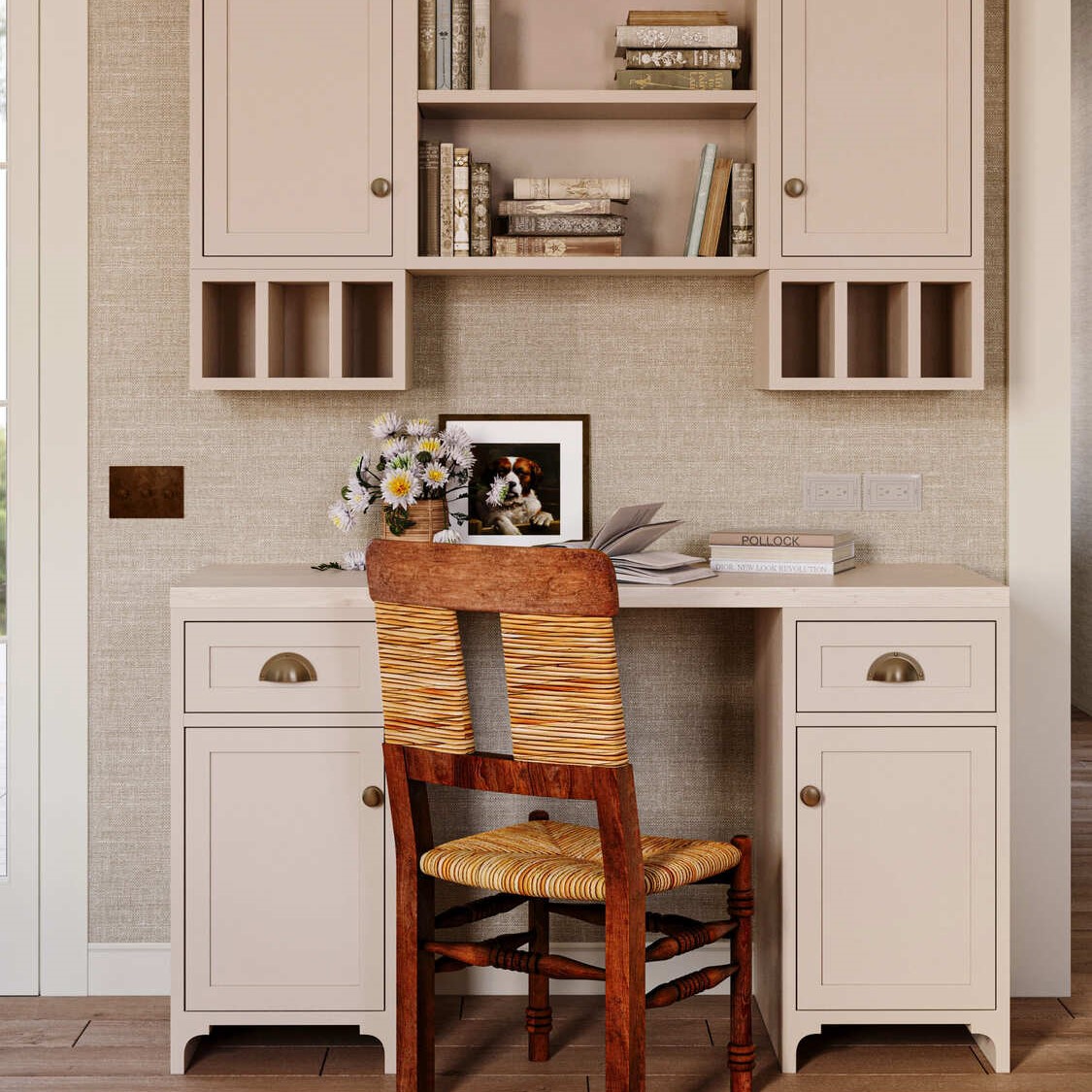 |
 |
Image from Yousee Studio
Perhaps most significantly, 3D modeling has democratized customization and personalization, allowing consumers to create their products actively. This shift towards consumer-centric design fosters a deeper connection between brands and their customers, enhancing loyalty and driving engagement. As we look to the future, it's clear that the potential for 3D modeling in retail is boundless, with emerging technologies like augmented reality and virtual reality poised to enrich the shopping experience further.
In conclusion, the evolution of 3D modeling in retail is not just a testament to technological advancement but a reflection of the industry's ongoing commitment to meeting consumers' evolving desires. By embracing 3D product modeling services, retailers can navigate the challenges of the modern marketplace with creativity and agility, offering innovative, customizable products that resonate with their customers' individual needs and aspirations. As we progress, the continued integration of 3D modeling into retail will undoubtedly play a pivotal role in shaping the future of product design, manufacturing, and consumer experience.
Contact us at YouSee Studio for captivating 3D renderings and immersive virtual experiences.
Ray Lisbon is a content writer and the author of this article.

